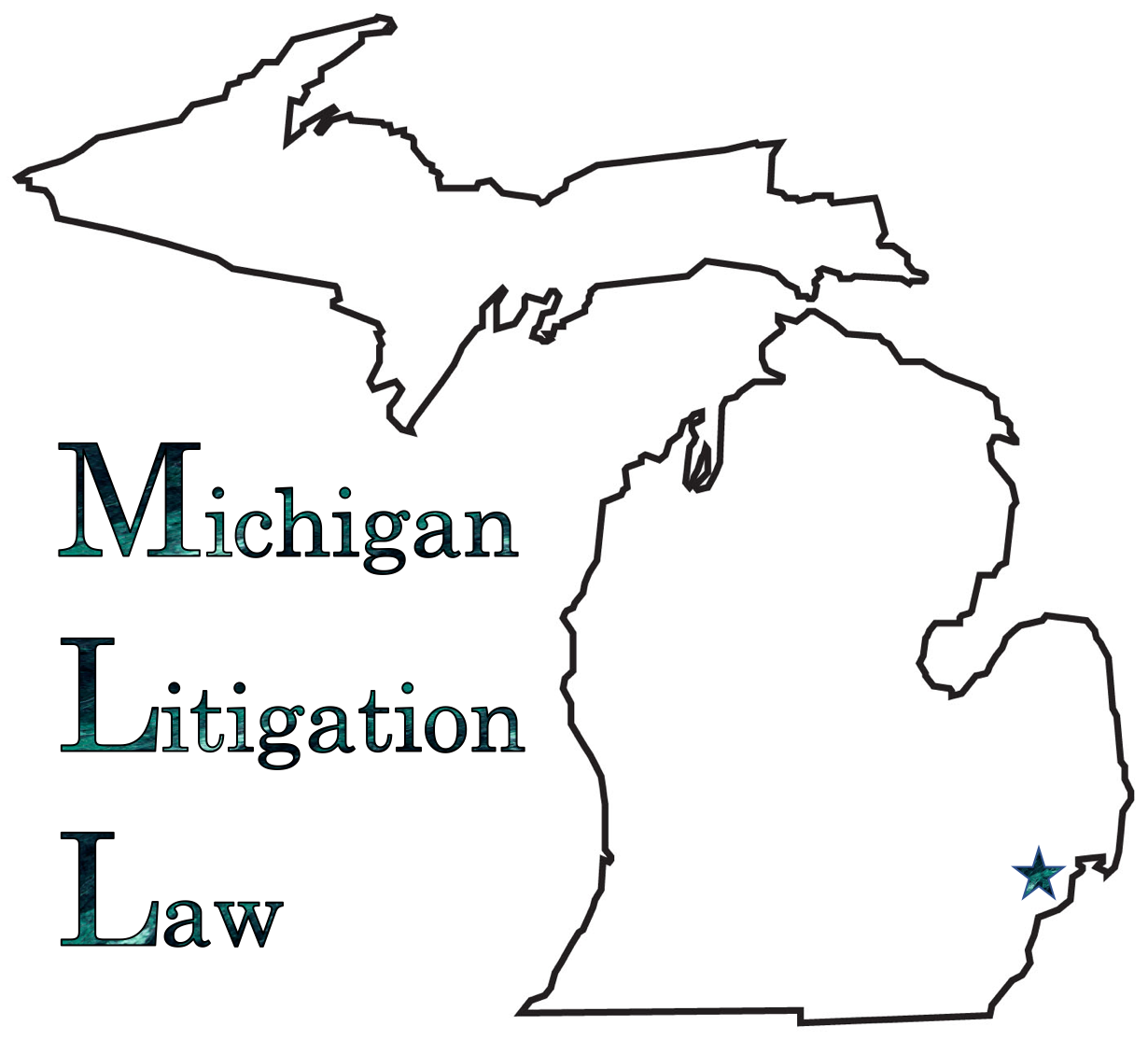Statutory action for the violation of an individual’s civil rights under color of state law.
Note that qualified immunity shields government officials performing discretionary functions from “liability for civil damages insofar as their conduct does not violate clearly established statutory or constitutional rights of which a reasonable person would have known.” Pearson v Callahan, 555 US 223, 231 (2009); Feathers v Aey, 319 F3d 843, 847 (6th Cir 2003) (quoting Harlow v Fitzgerald, 457 US 800, 818 (1982)). Qualified immunity does not serve merely as a defense against liability to be asserted during litigation. Saucier v Katz, 533 US 194, 200–201 (2001). Rather, it offers “an entitlement not to stand trial or face the other burdens of litigation.” Mitchell v Forsyth, 472 US 511, 526 (1985).
To determine the applicability of qualified immunity the Sixth Circuit has recently applied a two-pronged approach: (1) whether the facts taken in the light most favorable to party asserting the injury show that the officer’s conduct violated a constitutional right and (2) whether the right was clearly established such that a reasonable official would have known that his conduct violated that right. Mullins v Cyranek, 805 F3d 766 (6th Cir 2015).
Do You Have a Cause of Action?
The identification of a federally protected right will vary based on the wrongful actions of the defendant alleged (that is, on which amendment of the Constitution or federal law the claim is based). However, the two essential elements for a claim under 42 USC 1983 are the (1) deprivation of a right secured by the Constitution or law of the United States (2) caused by a person acting under color of law. Oklahoma City v Tuttle, 471 US 808 (1985); Jones v Muskegon County, 625 F3d 935, 941 (6th Cir 2010).
“Section 1983 ‘is not itself a source of substantive rights,’ but merely provides ‘a method for vindicating federal rights elsewhere conferred.’” Albright v Oliver, 510 US 266, 271 (1994) (quoting Baker v McCollan, 443 US 137, 144 n3 (1979)). If a specific constitutional amendment provides the textual source of a constitutional protection, “that Amendment, not the more generalized notion of ‘substantive due process,’ must be the guide for analyzing these claims.” Albright, 510 US at 273 (quoting Graham v Connor, 490 US 386, 395 (1989)). In short, a constitutional amendment that provides the more specific protection should serve as the basis for the plaintiff’s claim.
Although some courts refused to allow recovery for injuries found to be de minimis, most circuits have now rejected this view. See Wilkins v Gaddy, 559 US 34, 38 n2 (2010), recognizing that de minimis injuries do not necessarily mean de minimis force was used.
There is no minimum jurisdictional amount required to bring a section 1983 claim. Hill v McIntyre, 884 F2d 271, 287 (6th Cir 1989).
Statute of Limitations?
No specific statute of limitations. However, the U.S. Supreme Court has held that the most analogous state limitation period will control. See, e.g., North Star Steel Co v Thomas, 515 US 29, 34 (1995); see also McCormick v Miami Univ, 693 F3d 654, 662 (2012). In Michigan, this is the three-year statute of limitations for personal injury. MCL 600.5805(10).
Damages?
Punitive damages are available under 42 USC 1983 against individual defendants when reprehensible conduct is shown. Local governments, however, are not subject to punitive damages. Newport v Fact Concerts Inc, 453 US 247 (1981). Unlike compensatory damages, which are designed to address the losses that the plaintiff suffered resulting from the defendant’s wrongful conduct, punitive damages are geared toward deterrence and retribution. Courts have discretion to award these damages, and awards will be reviewed de novo to determine whether they are excessive given the degree of reprehensibility, the correlation between the harm suffered and the amount awarded, and a comparison of similar awards. Arnold v Wilder, 657 F3d 353 (6th Cir 2011).

